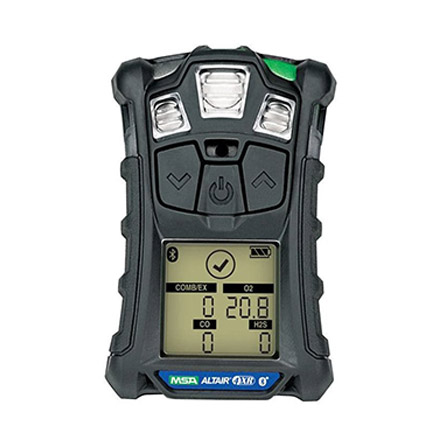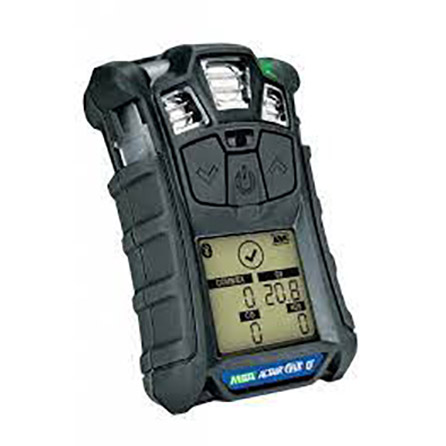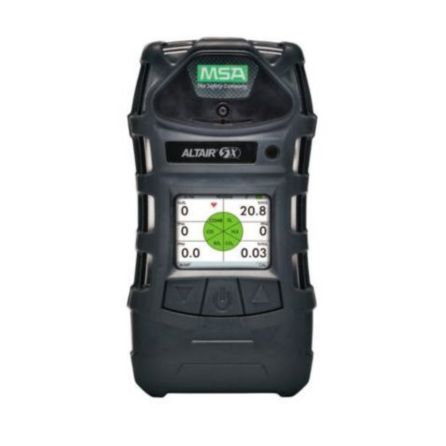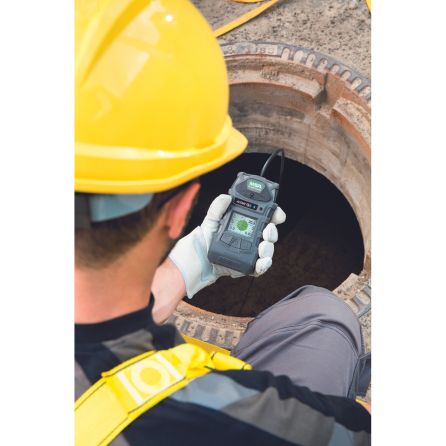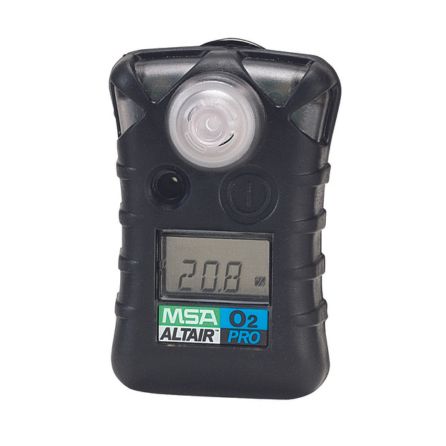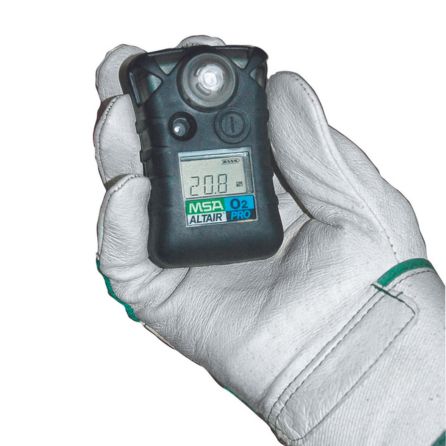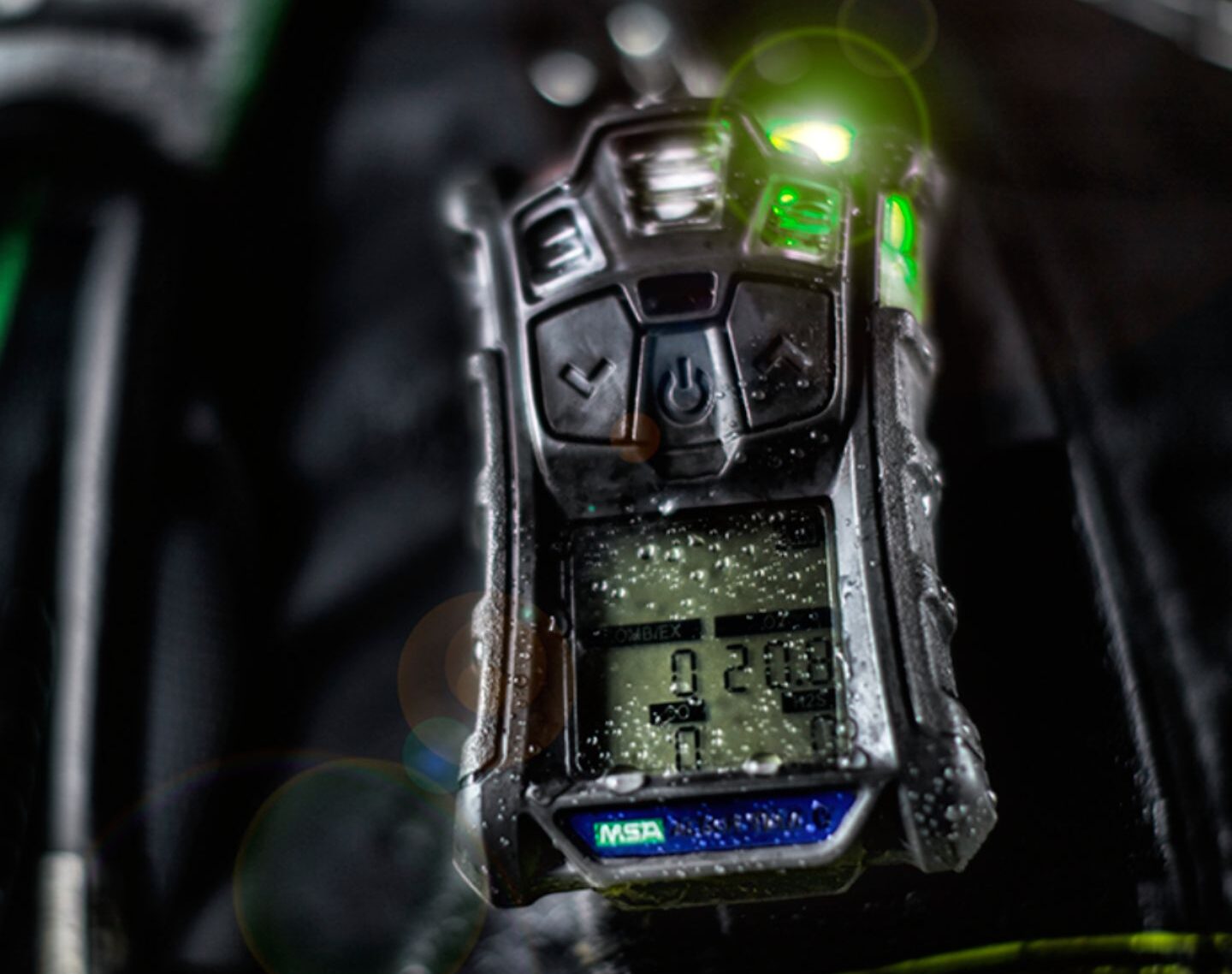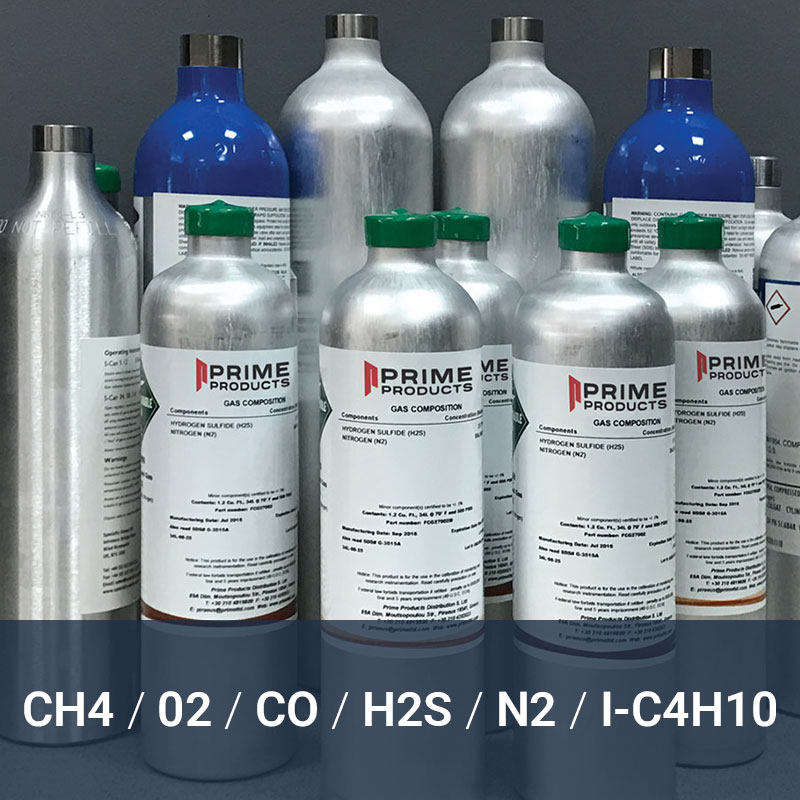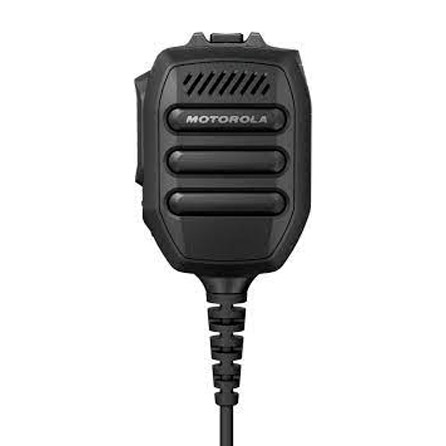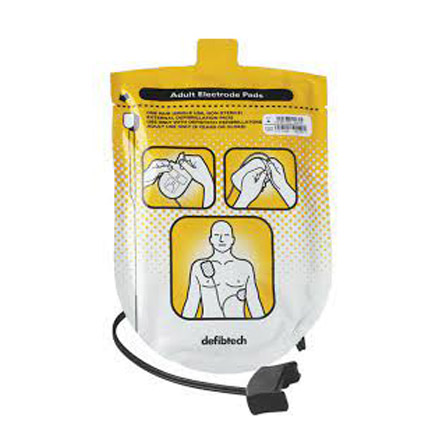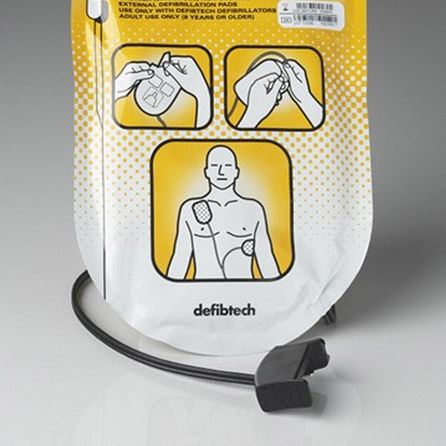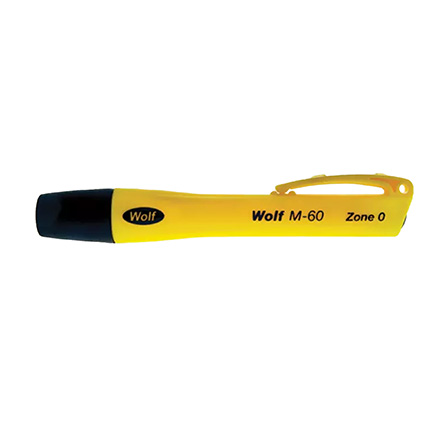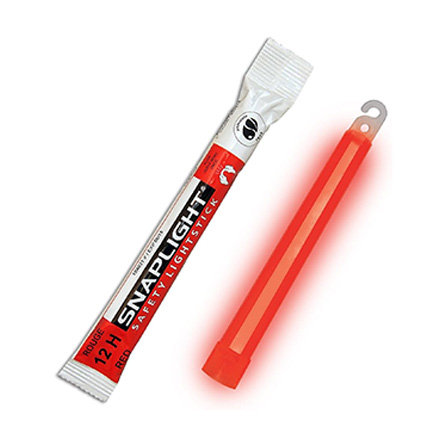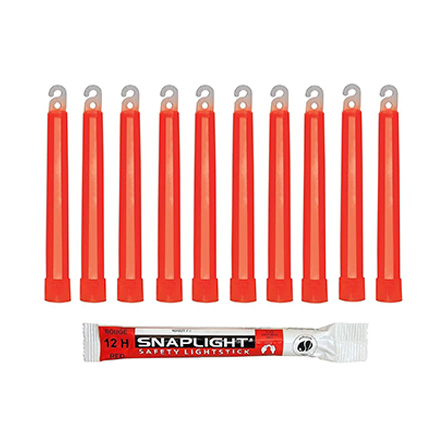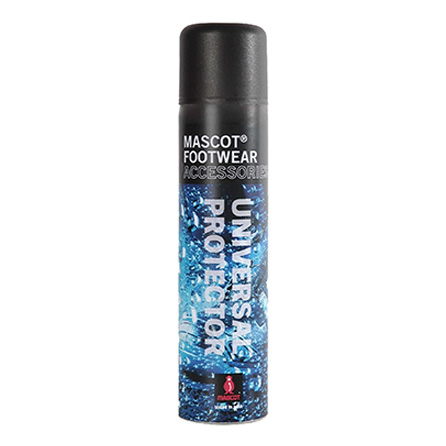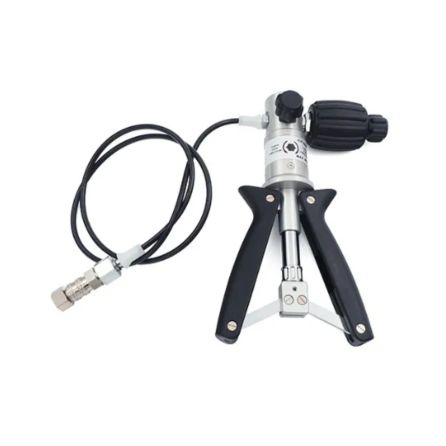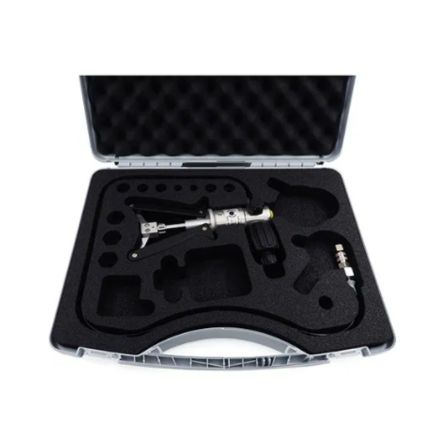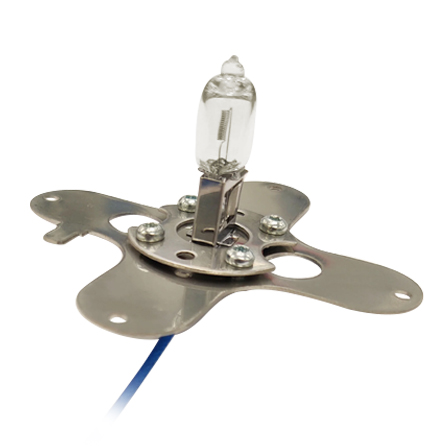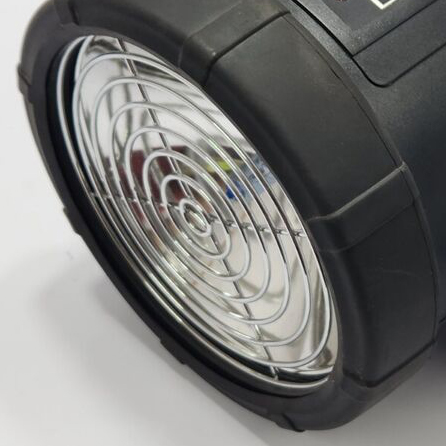Our hands are vital and exposed to various work risks, from minor cuts to serious burns. Protective equipment like gloves offer a straightforward solution to safeguard them. With many materials and types available, finding the right working gloves can be daunting. How will you choose to protect your most essential tools?
Know Your Enemy (The Risk)
Before diving into glove options, identify the hazards you’ll encounter. Are you dealing with sharp objects, scorching temperatures, or hazardous chemicals? Different gloves cater to specific threats. Industry standards exist to ensure glove effectiveness; following them is crucial.
Glove Matchmaker: Prioritizing Protection, Comfort, and Dexterity
Choosing the right gloves is crucial—not just for protection, but also for comfort and dexterity. Uncomfortable gloves that hinder movement or grip can lead to accidents or be taken off, defeating their purpose. Here’s a quick guide:
- Light-Duty: For tasks like warehouse work, opt for polyurethane, PVC, or latex gloves. Nitrile-dipped gloves are ideal for handling slippery items.
- Sharp Objects: Use aramid fiber gloves for superior cut and puncture resistance when working with blades or glass. Consider anti-cut sleeves for added arm protection.
- Heat Protection: Welders and those in high-heat environments should use thermal-resistant aramid gloves. Specialized heat resistance gloves offer extended forearm coverage.
- Chemical-Resistant Gloves: Choose disposable or reusable chemical gloves based on chemical exposure. Type A provides the highest protection, while Type C offers the least.
Understanding the Glove Code: Safety Standards Demystified
Safety standards help decipher glove effectiveness. Here’s a breakdown of some common ones:
EN 388: This standard rates gloves on mechanical risks like abrasion, cuts, tears, and punctures, using a series of performance numbers.
Here’s a great option:
- Portwest’s A722 Anti-Cut Gloves: Fiberglass, nitrile & PVC combined create cut resistance gloves with impact protection & secure grip (wet/dry). Comfortable, seamless liner maintains dexterity. Reinforced thumb & forefinger + flexible PVC lobes = extra safety. Handles brief heat (100°C for 15 seconds). Versatile protection for various tasks.
EN 407: This standard addresses thermal risks (heat and/or fire). Here, numbers or the letter “x” indicate the level of protection against various heat types (fire behavior, contact heat, convective heat, radiant heat, molten metal).
Upgrade your experience with:
- Singer’s 51SIREP15 Gloves for Welders: Crafted from leather, they offer reliable protection against thermal hazards (heat/fire). The 35cm length safeguards both hands and wrists, while the polyester yarn lining enhances comfort. These heat resistance gloves are ideal for various welding tasks.
EN 511: For cold environments, look for winter gloves certified under EN 511. The numbers indicate the level of protection against convective cold, contact cold, and water permeability.
One of the many options:
- Delta Plus’s VV750 Gloves: Warm hands, secure grip! Acrylic lining keeps hands toasty to -15°C. Nitrile foam coating (3/4) protects fingers & palms (wet/dry grip). Flexible shell for dexterity. Winter tasks conquered!
EN 374: This standard applies to gloves protecting against chemicals and microorganisms. It specifies the chemicals the gloves protect against and the breakthrough time.
Here’s a great alternative:
- Delta Plus’s LA600 Chemical Resistant Gloves: 1.15mm thick, 100% natural latex fends off chemicals (methanol, caustic soda 40%, sulfuric acid 96%, etc.) and minor scrapes. A whopping 60cm length protects hands & forearms. Even handles heat up to 250°C for 15 seconds. Conquer tough chemical handling jobs with confidence.
EN 12477: Welding gloves adhere to EN 12477, ensuring protection against high temperatures and molten metal.
A must-have for any:
- Singer’s 51 WELD Gloves: These heat resistance gloves prioritize both comfort and protection for welders. Soft calfskin with reinforced areas provides heat resistance and durability, while the flexible design allows for dexterity. A cotton lining wicks away sweat, and the elastic wrist ensures a snug fit. Ideal for various welding tasks in hot environments.
Choosing the right gloves is easier than it seems when you know your risks and needs. Protect your hands with gloves that balance safety and comfort, so you can work with confidence. Remember, investing in the right gloves boosts both your safety and productivity.

